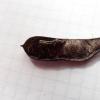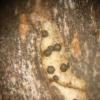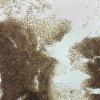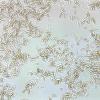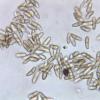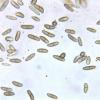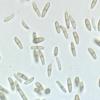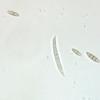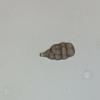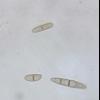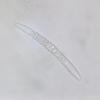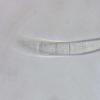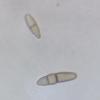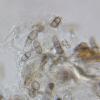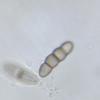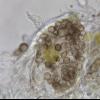
15-12-2025 07:09
 Danny Newman
Danny Newman
indet. Rutstroemiaceae sp. on unk. fallen leavesMc

18-12-2025 21:17
Pol DebaenstThe identification took me to Byssonectria deformi

19-12-2025 10:10
Patrice TANCHAUDBonjour, récolte réalisée en milieu dunaire, a

18-12-2025 17:23
 Bruno Coué
Bruno Coué
Bonjour,je serais heureux d'avoir votre avis sur c

18-12-2025 18:07
Margot en Geert VullingsThese plumes were found on rotten wood.They strong

17-12-2025 18:35
 Michel Hairaud
Michel Hairaud
Bonjour à tous/Hi to everyone I am passing along

15-12-2025 15:48
 Danny Newman
Danny Newman
Melanospora cf. lagenaria on old, rotting, fallen

15-12-2025 15:54
 Johan Boonefaes
Johan Boonefaes
Unknown anamorph found on the ground in coastal sa

15-12-2025 21:11
 Hardware Tony
Hardware Tony
Small clavate hairs, negative croziers and IKI bb
Can someone help me!
On April 18, 2025 I found a pyrenomycete in asexual state on an old seed-pod of Cytisus scoparius.
The conidiomata were located in a tear of the epidermis of the seed-pod. Under the microscope I only saw the peridium and a lot of conidia. Conidiophores or conidiogenous cells were not noticed.
a) The pycnidia are spherical with an average diameter of 325 µm;
b) The conidia are light olive-brown, somewhat irregularly elliptical / fusiform, occasionally bent with one septum in the middle or slightly below the center.
Dimensions: (8.5) 9.1 - 11.9 (12.2) × (2.6) 2.7 - 3.3 (3.5) µm
Q = (2.8) 3.2 - 4.2 (4.3); N = 25
Me = 10.6 × 2.9 µm; Qe = 3.7
Any help is welcome, thanks in advance,
François Bartholomeeusen
N.B.: I will register a new entry on the forum of a second anamorph on a seed-pod

Just a guess: alpha-conidia of some Diaporthe (anamorph = Phomopsis).
Bernard
Thank you very much for your 'guess', that was a very good suggestion.
Today I was again able to isolate three conidiomata. At first I found many identical conidia, but on closer inspection some conidia showed more and more variations. From 1 septum to 2 or 3 septa, then conidia with rounded poles and constricted at the septa, then Alternaria-like conidia and also Fusarium-like!
Are they different stages of development or do they belong to different genera! For a sound sleep and my mind sanity, I am going to file this find under the folder 'UFO' ( undefined fungal objects)
Thanks again and many greetings,
François

